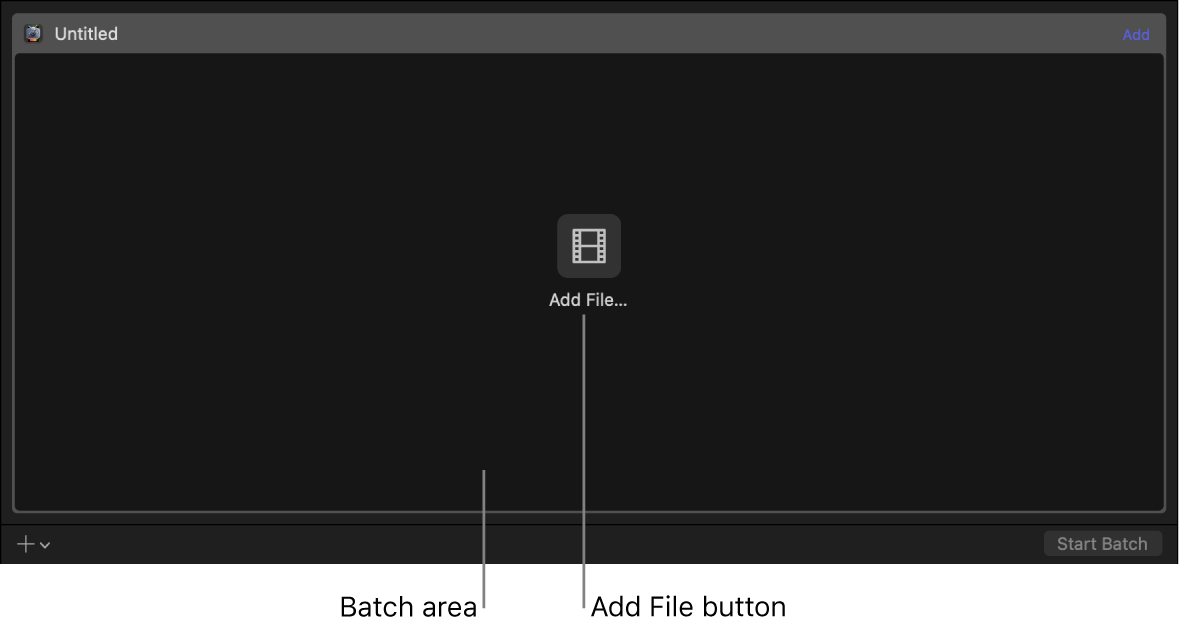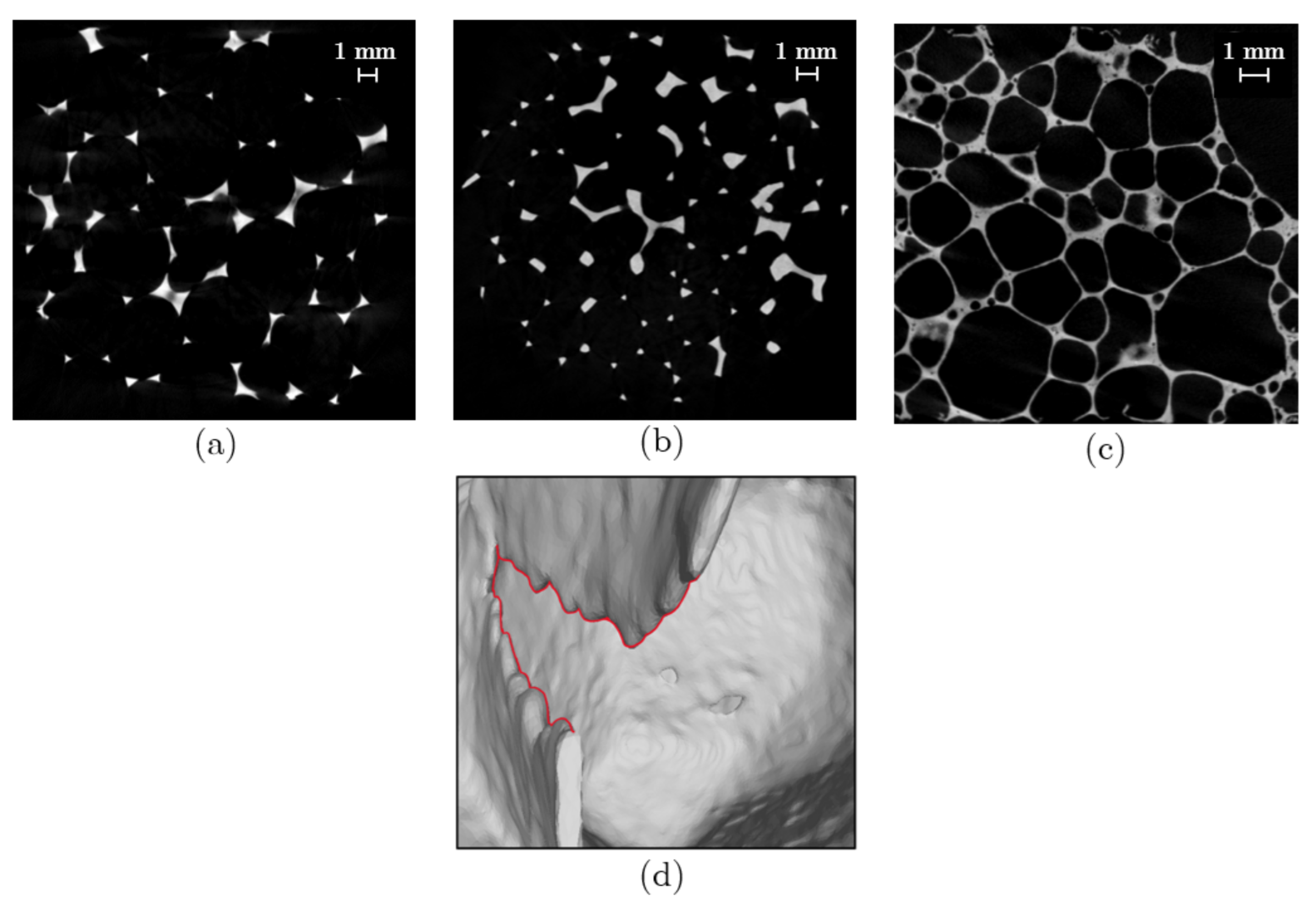
- COMPRESSOR 4.4.1 ERROR TRYING TO OPEN SOURCE MEDIA FILE HOW TO
- COMPRESSOR 4.4.1 ERROR TRYING TO OPEN SOURCE MEDIA FILE DOWNLOAD
You can use either NPM or Yarn for this in my example, I’ll use NPM. The more modern way, also if you want to keep your dependencies updated, would be to get the dependencies from the NPM package repository. But that’s all you need to do to keep you starting. You can also just include the minified versions and skip the tag helpers here to make it a bit simpler.

For that, we add the following block to the : Īnd the following block at the very end of the : That’s all we need, so now we just need to adjust our _Layout.cshtml file to include those dependencies. We can also make a lib folder to make it clearer that these are external dependencies: This leaves us with a few files which will simply extract and copy into the wwwroot folder.
COMPRESSOR 4.4.1 ERROR TRYING TO OPEN SOURCE MEDIA FILE DOWNLOAD
For jQuery, we can simply get a single “compressed, production” file from the download site (right-click the link and select "Save link as." from the menu). As mentioned on the download site, this does not include jQuery, so we need to download that separately too it does contain Popper.js though if we choose to use the bootstrap.bundle file later-which we will do. To do this, we can simply follow Bootstrap’s introduction and download the compiled files directly. The basic idea is that the files are copied once to the wwwroot folder so you can depend on them. If you look closely at the files currently, you can see that they were originally placed there with Bower to create the template, but that is likely to change soon. When you use those to create a new application, the wwwroot folder simply contains a folder lib that contains the dependencies:

This is what the ASP.NET Core templates, that are not single-page applications, are currently doing.
COMPRESSOR 4.4.1 ERROR TRYING TO OPEN SOURCE MEDIA FILE HOW TO
This leaves us with a few options how to add our dependencies: One-time installation csproj format and the new NuGet, installed packages are located outside of our project, so we cannot simply reference those. NET world we also have NuGet and with previous ASP.NET versions, we could use NuGet as well to add dependencies to some client-side dependencies since NuGet would just place the content into our project correctly. Bower previously filled this by making it easy to just publish client-side dependencies without that much of a process. So if you are building something like that, you might already know how to solve this then, and you can expand your existing build process to simply also include Bootstrap and jQuery there.īut there are still many web applications out there that are not that heavy on the client-side, where the application still runs mainly on the server and the server serves static views as a result. This is mostly due to the fact that web applications are continuously moving further into the client-side, requiring complex client-side build systems and many dependencies.

Unfortunately, there is no clear path forward. As a result, the built-in ASP.NET Core templates are slowly being edited to move away from it too.

So although you can still use it right now, Bootstrap has also announced to drop support for it. psst! While Bower is maintained, we recommend yarn and webpack for new front-end projects! As others already mentioned, the package manager Bower, that was usually used for dependencies like this in application that do not rely on heavy client-side scripting, is on the way out and actively recommending to move to other solutions:


 0 kommentar(er)
0 kommentar(er)
